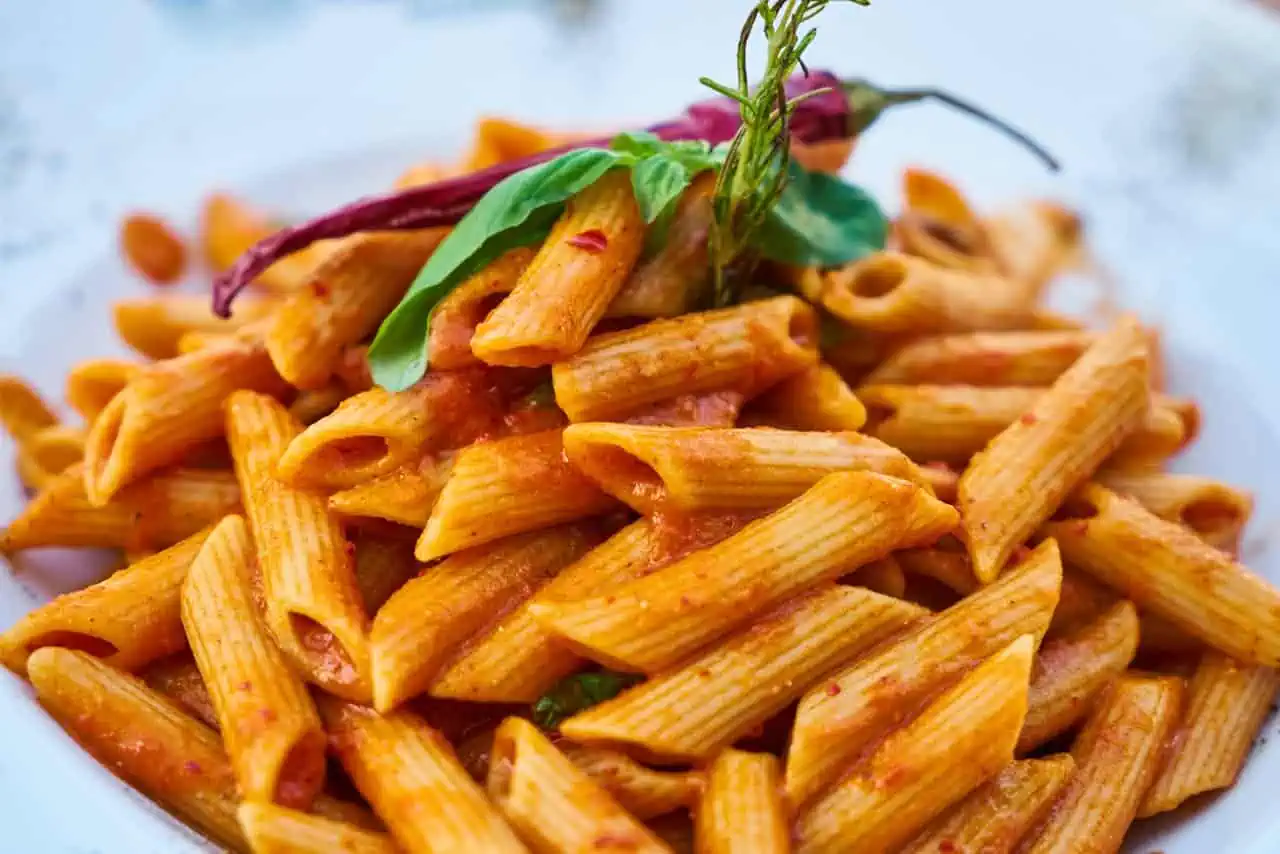Pasta is a culinary staple, beloved for its versatility, simplicity, and ability to carry a world of flavors. Whether it’s a quick midweek meal or a gourmet dinner, mastering the art of cooking pasta can elevate your kitchen game. This comprehensive guide provides you with everything you need to know about cooking pasta perfectly, including practical tips, common mistakes to avoid, and ways to take your dishes to the next level. Let’s dive in!
1. Understanding Pasta: A Quick Overview
Types of Pasta
Pasta comes in many shapes and sizes, each suited to specific dishes and sauces. Here’s a quick breakdown:
- Long Pasta: Spaghetti, linguine, and fettuccine are best paired with light to medium sauces. For instance, carbonara shines with spaghetti.
- Short Pasta: Penne, rigatoni, and fusilli hold chunky or creamy sauces beautifully, as their ridges trap flavors.
- Stuffed Pasta: Ravioli and tortellini are often paired with butter or light cream sauces to highlight their fillings.
- Specialty Shapes: Farfalle and orecchiette are fun and versatile, often used in salads or mixed dishes.
Dry vs. Fresh Pasta
- Dry Pasta: Shelf-stable, made from durum wheat, and perfect for hearty dishes. It has a longer cooking time and a firmer texture.
- Fresh Pasta: Delicate and soft, fresh pasta is best suited for light sauces and quick meals. It cooks in minutes and can be made at home with a few ingredients.
Nutritional Insights
For health-conscious cooks:
- Whole Wheat Pasta: Higher in fiber and nutrients, offering a nutty flavor.
- Gluten-Free Options: Made from rice, corn, or legumes, these cater to dietary restrictions while maintaining great taste.
Read more: Dustakhan: The Cultural Symbol of Traditional Dining in South Asia
2. Preparing for Success: Choosing and Measuring Ingredients
Picking Quality Pasta
Look for brands made with 100% durum wheat semolina. High-quality pasta retains its structure and taste after cooking. Italian brands often excel in quality and authenticity.
Measuring Pasta
- A standard serving is about 2 ounces (dry) per person. For long pasta, this equates to a handful about the diameter of a quarter.
- For short pasta, use about 1 cup of dry pasta per serving. Adjust portions for larger appetites or when pasta is a side dish.
Water and Salt Ratios
- Use 4-6 quarts of water per pound of pasta to allow proper boiling and prevent sticking.
- Add 1-2 tablespoons of salt per gallon of water for flavor. The water should taste slightly salty, akin to the sea.
3. Perfecting the Boiling Process
Step-by-Step Guide
- Bring Water to a Boil: Fill your pot with plenty of water and heat until it reaches a rolling boil.
- Salt the Water: Add salt just before adding pasta to avoid delayed boiling.
- Add the Pasta: Stir immediately to prevent sticking.
- Check for Doneness: Refer to the cooking time on the package but test the pasta a minute earlier. “Al dente” pasta should be tender but firm.
Common Mistakes to Avoid
- Adding Oil to Water: This prevents sauces from clinging to the pasta.
- Not Using Enough Water: Too little water leads to sticky pasta.
- Overcooking: Always err on the side of slightly undercooked, as pasta will continue to cook when combined with sauces.
Timing Tips
Different types of pasta have varying cook times. Fresh pasta cooks in 2-4 minutes, while dry pasta may take 8-12 minutes.
4. Sauces and Seasonings: Elevating Your Pasta Dish
Classic Sauces
Some iconic options include:
- Marinara: Simple, tomato-based, and perfect for spaghetti.
- Alfredo: Creamy and rich, ideal for fettuccine.
- Pesto: A fresh blend of basil, olive oil, and Parmesan for short pasta like fusilli.
- Bolognese: A hearty meat sauce best paired with tagliatelle.
Balancing Flavors
- Save 1 cup of pasta water before draining. Its starchiness helps emulsify sauces, creating a velvety finish.
- Finish dishes with fresh herbs like parsley or basil and a sprinkle of Parmesan for added flavor.
Serving Suggestions
- Toss pasta in the sauce rather than serving the sauce on top. This ensures even coating.
- Use wide, shallow bowls for better presentation and portion control.
5. Exploring Creative Pasta Variations
Healthy Twists
- Incorporate roasted vegetables, lean proteins, or legumes.
- Replace heavy cream with Greek yogurt in creamy sauces.
Quick and Easy Dishes
- One-Pot Pasta: Cook pasta and sauce ingredients together for a no-fuss dinner.
- Garlic Butter Pasta: Simple and flavorful, made with garlic, butter, and parsley.
Seasonal Favorites
- In fall, try pumpkin ravioli with sage butter.
- In summer, opt for a lemony shrimp linguine.
6. Cooking Like a Pro: Advanced Pasta Tips
Making Fresh Pasta
Homemade pasta is easier than you think:
- Mix 2 cups of flour with 3 large eggs. Knead until smooth, rest for 30 minutes, and roll out using a pasta machine.
- Cut into desired shapes and cook immediately.
Stuffed Pasta Tricks
- Use a piping bag for even filling.
- Seal edges with water or egg wash to prevent leaking during cooking.
Plating and Pairing
- Garnish with fresh herbs or a drizzle of olive oil for a gourmet look.
- Pair pasta dishes with wines like Chianti (red sauces) or Pinot Grigio (light sauces).
7. Troubleshooting Common Issues
Why Is My Pasta Sticky?
- Insufficient water or stirring is the culprit. Always stir during the first 2 minutes of cooking.
Fixing Overcooked Pasta
- Sauté it in a hot pan with olive oil or sauce to revive texture.
Soggy Pasta in Soups or Bakes
- Cook pasta until slightly underdone before adding it to soups or casseroles.
8. Must-Have Kitchen Tools for Pasta Lovers
Essential Tools
- Pasta Pot: A wide pot ensures even cooking.
- Colander: For easy draining.
- Slotted Spoon: Ideal for transferring pasta directly to the sauce.
Nice-to-Have Upgrades
- Pasta Roller: Essential for making fresh pasta.
- Ravioli Mold: For consistent shapes.
- Immersion Blender: Perfect for blending sauces directly in the pot.
Conclusion
Cooking pasta is as much an art as it is a science. From understanding pasta types to mastering sauce techniques and troubleshooting common issues, this guide equips you to cook pasta like a pro. Experiment with new flavors, pairings, and techniques to keep your pasta nights exciting and delicious. Share your culinary creations in the comments below and join a community of pasta enthusiasts!



